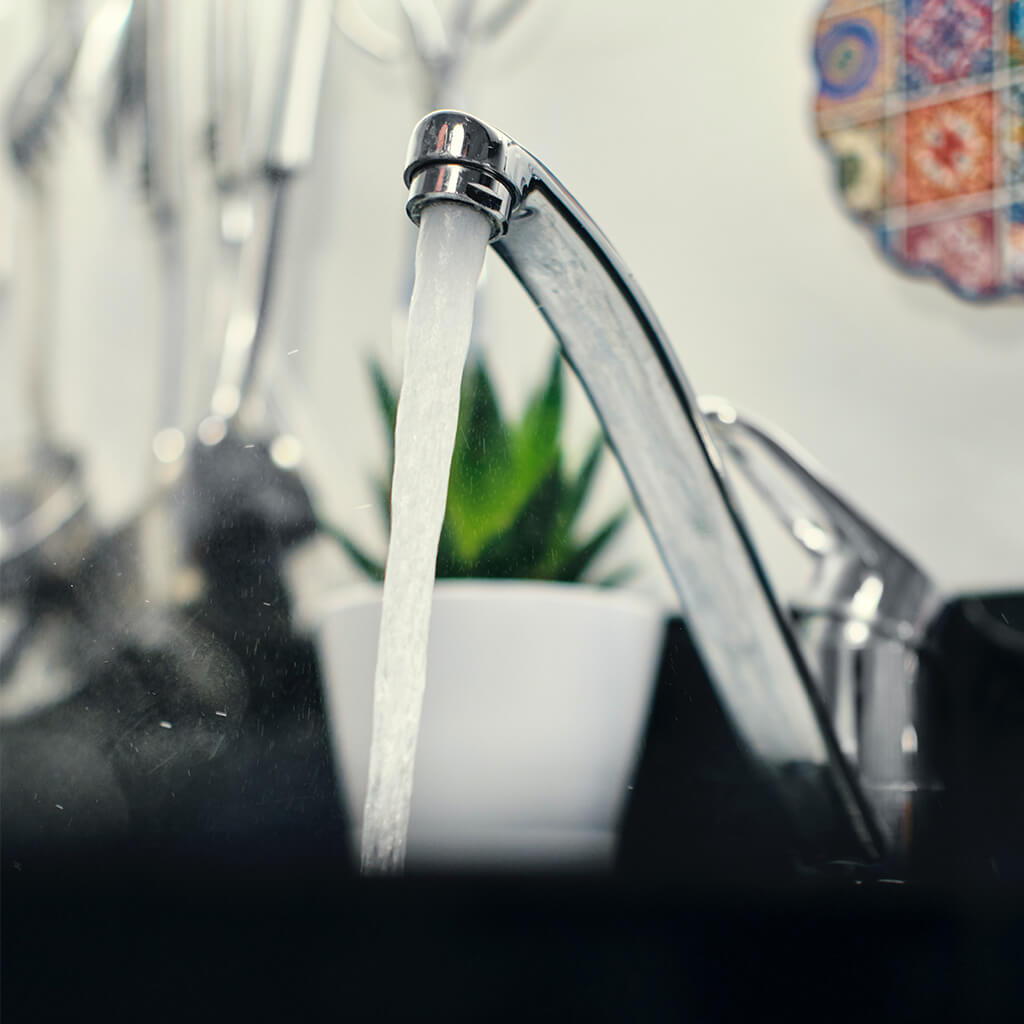Reverse Osmosis, also known as RO, is one of the top water purification methods on the market. You can have your choice between two types of Reverse Osmosis systems, including tank, and tankless. Although one RO water purification option provides a tank to hold filtered water, the other utilizes an advanced form of filtration for a pour and drink style of delivery. One of the biggest issues with any type of water purification system is regular maintenance. You can’t go wrong with cleaning the inside and outside of your unit on a regular basis. This will go great lengths in ensuring the production of safe, healthy water for years to come. Either style has various pros and cons, and the hope if this guide is to better enable consumers to make informed decisions on which works best for them.
Understanding the Inner Workings of an RO System
RO stands for Reverse Osmosis, thereby referring to the phenomenon by which it operates. The Reverse Osmosis system applies pressure in order to reverse osmosis, forcing water molecules into a low-concentration solution, to a high-concentration one to provide water in its purest form. As such, the RO membrane remains central to the overall operation of this style of water purification, making it the most expensive aspect of the system. Divided into four parts, various RO membranes are capable of producing varying amounts of water. For example, the HID household RO membrane features 50GPD, 100GPD, 200GPD, and so on. When the system produces higher volumes of water each day, the more expensive the unit. This is simply due to the fact that higher volume means larger RO membrane, which increases cost. And, unfortunately, because filter elements in an RO system need frequent replacement, this should be included in the initial stages of your research.

How do RO Systems Operate?
Currently, tank RO systems dominate the market. PP cotton, alongside activated carbon, allow raw water to filter through to a water pump. Once the water is processed through the pump, it passes through a final stage of activated carbon, unless homeowners have included additional stages. Once the pump’s pressurized, it pushes water through the RO membrane, in order to produce two types of water: wastewater, and pure water. The pure water continues onto a pressure tank, whereas wastewater is discharged. After the tank fills up, simply halt water production and turn on a faucet to disperse water. Although the pressure in the tank will decrease with this action, the system will continue producing water.
In general, most tank RO systems require a lot of space, of which many households may not have to give. It is for this reason that many individuals look toward tankless units, instead. There are several reasons manufacturers have begun promoting tankless Reverse Osmosis systems, with space being the biggest factor. In a tankless unit, there is no need for a container to hold water, and no risk of pollution originating from storage barrels. Although they cost more money, especially in comparison to a tank system, may individuals resolve to paying higher costs and maintenance fees for the sake of square footage.
Tank RO System
Traditionally, a Reverse Osmosis system forces water through numerous filtration devices, in addition to a water-permeable membrane. While it is extremely effective at purifying water, this style of RO system requires time to push water molecules through an RO membrane. This can reduce the amount of water being produced by the RO unit, sufficiently lowering the amount pouring from your faucet. This issue have mostly been resolved, with manufacturers installing storage tanks capable of filling with immediate access.
- Pros
- Most affordable RO system option
- Only power requirement is for a UV filter or pump
- Stored purified water serves well in emergency situations
- Maintenance is just as easy as it is important
- Cons
- Long term water storage causes water to taste strange
- Can promote bacterial growth, algae, and other contaminants
- Requires regular maintenance for healthy water
- Requires more space for setup and operation
Tankless RO System
The newest addition to the Reverse Osmosis is the tankless system, meant for compact spaces. These water purification units are easier to manage, and create less wastewater in comparison to tank systems. Manufacturers created the tankless design to stand up to the tank, producing a comparable amount of purified water, without the need for much space, or storage for filtered water. This also means users won’t run into issues with tanks contaminating its contents, or stored water taking on a foul flavor.
- Pros
- Requires less space than tank RO systems
- Produces more purified water, less wastewater
- Overall reduces your waterbill
- Does not run the risk of contaminating stored water
- Zero tank means little to no opportunity for bacterial growth
- Cons
- Requires electric to operate
- Cannot store purified water for lengths of time
- Demands a higher investment upfront
Choosing Between Tank and Tankless RO Systems
Either style of RO purification system can mean the difference between providing healthy and safe drinking water for your family, and going without. As you can see, there are many good reasons for choosing either style, most of which are dependent upon your available square footage, and long term needs. Whether you need to stick to a budget, or money is no object, a tank or tankless RO system will prove to be a staple within your household before long.
Why Should I Go Tankless?
When you don’t have space to spare, a tankless RO system may be your best bet. While this type of system doesn’t allow you to keep purified water on hand, it does provide on demand. Whenever a faucet is turned on, the unit will come to life, powering up the water pump, and producing purified water as needed. Although there are downsides to this sort of purifier, there are many benefits. Homeowners don’t have to be concerned with contamination stemming from a damaged or dirty storage tank. Additionally, you won’t have to deal with foul tasting water due to the tank. Essentially, a tankless RO system means there’s little to no chance of bacterial growth.
Why Should I Choose a Tank System?
While the overall production of a tank RO system is slow, it is necessary to the complete operation of this style of water purification. This enables the storage of prepped water in the water storage tank for discharge whenever a tap is used. Once a faucet is turned off, the water mechanism begins to fill the system’s tank with prepped water. Essentially, this type of unit continues making water through the use of a RO membrane, regardless of whether a faucet has been turned on – unlike tankless. The biggest downside to this option is in regard to square footage, considering it needs space to sit. Although it has the possibility of promoting the grown of bacteria or algae, this can be avoided with regular scheduled maintenance as suggested by manufacturers. If a tank unit seems best for your family, you can’t go wrong with a small gallon sized water purifier offers stable operation, continuous water production, and a low cost membrane replacement.
